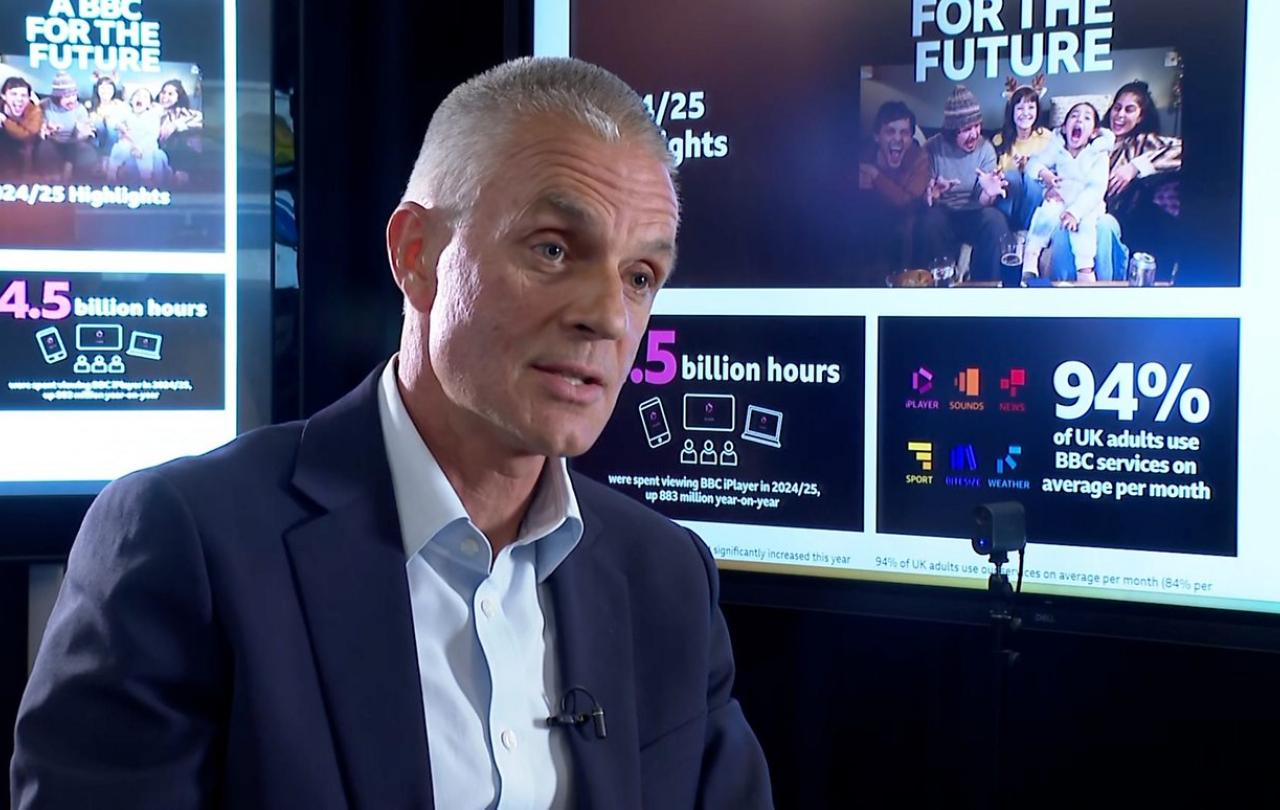
Geoffrey Hinton, the so-called “godfather of AI,” was recently asked by a Financial Times journalist to consider a future in which human beings live among robots and gradually morph into cyborgs, their lives prolonged by artificial parts and chemical enhancements. His reply was strikingly casual: “What’s wrong with that?” Thankfully, his answer reflects a minority view today, but one that will grow significantly in both plausibility and appeal as the culture of Silicon Valley – animated by transhumanist ambitions and backed by enormous capital and influence – seeps into the ‘social imaginary’ of the West.
In an individualist culture of ‘quantified selves,’ where self-optimization and wellbeing dominate the horizon of desire, it will take little to sell such enhancements, which will be promoted as not merely the means of surviving ‘rogue AIs’ but the way to flourishing.
But this represents a profound distortion of what flourishing has meant across centuries of philosophical and theological reflection: the actualization of our true nature through the practice of virtue (Aristotle) and living in alignment with our proper end (telos), which is communion with God (Aquinas). Once tethered to a moral and spiritual vision of the human person, flourishing is fast becoming a runaway concept, thinned out on the anvil of individualism and moral autonomy, and conflated with the promise of expanding ad infinitum one’s capacities, choices, and life itself. It is precisely this hyperindividualist vision that OpenAI CEO Sam Altman has in mind when he speaks of his mission of enabling ‘maximal human flourishing’.
But the ethical and anthropological crisis we are entering cannot be resolved by neuroscience, secular anthropologies, let alone economics alone, but only through engaging with Christian anthropology. At the heart of the Christian faith stands the claim that Jesus Christ is the archetypal human, the “second Adam,” in St Paul’s phrase. Not simply in the sense that he is a morally and spiritually exemplary figure whose ethical teaching we might want to consider. But, more boldly, in the sense that all human beings - past, present, and future - are mysteriously caught up, redeemed and fulfilled in the person of Christ. In his life, work, death, resurrection and ascension, humans are given the ultimate revelation not only of God, but also of what it means to be truly human and flourish. This means, among other things, that our limitations as creatures are not problems to be overcome but gifts to be honoured, the thresholds where God embraces us in grace. Our dependence and vulnerabilities are not defects to be corrected but the very conditions for fulfilling our humanity, in community, through the practices of faith (trust), hope, and love.
Of course, there are distortions and privations that disfigure human life – disease, cruelty, injustice – which rightly summon humanity to acts of repair and resistance. As a product of God-given creativity, modern medicine and its many cures to previously fatal diseases is a huge blessing. But as biotechnology and AI continue to advance, the line between therapy and enhancement, healing and augmentation will likely become increasingly blurred.
Against visions of human nature as infinitely plastic and of human beings as projects of self-invention, the Christian faith offers the liberating message that humanity is created, incorporated and will be fulfilled in Christ. To be human, then, is not to upgrade oneself without end to avoid vulnerability and death, but to be drawn into Christ, who died but was raised to life and glory. It is to find in him, and to practically outwork through His spiritual body, the Church, the measure of true, mutual flourishing, for the sake of the world. Only from this centre can we wisely discern how to receive and harness the gifts of technology without buying into its counterfeit promise of salvation.
Support Seen & Unseen
Since Spring 2023, our readers have enjoyed over 1,500 articles. All for free.
This is made possible through the generosity of our amazing community of supporters.
If you enjoy Seen & Unseen, would you consider making a gift towards our work?
Do so by joining Behind The Seen. Alongside other benefits, you’ll receive an extra fortnightly email from me sharing my reading and reflections on the ideas that are shaping our times.
Graham Tomlin
Editor-in-Chief





